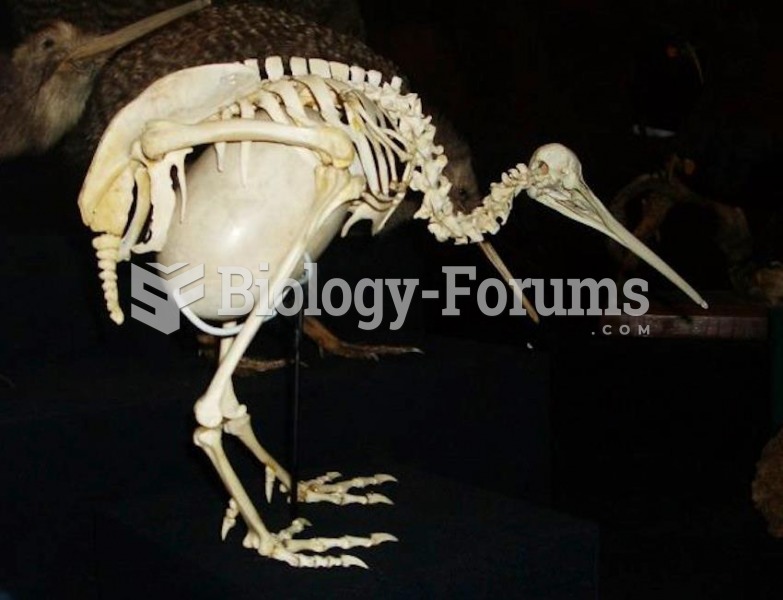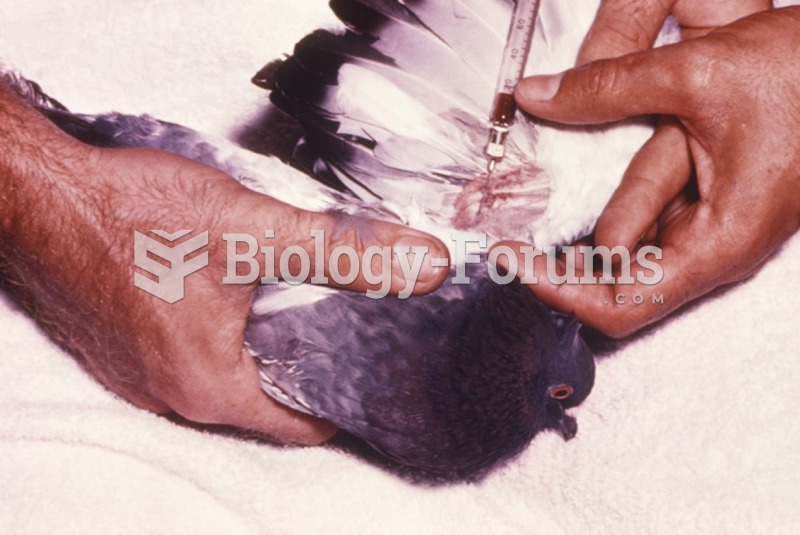Answer to Question 1After bringing a new bird home, begin trying to offer the bird a treat through the bars of the cage. The
bird may refuse the treat, but one should be patient and continue at regular intervals to offer a treat. One
should talk softly to the bird, and soon the bird will take the treats. The next step is to open the door
of the cage and offer the treat through the open door. One should move slowly and talk calmly to the
bird. The bird may retreat, but again, one must be patient, and the bird will soon be taking the treats.
Next, a stick or perch should be introduced into the cage and the bird encouraged to step up onto this
new perch. The perch should be pressed up against the bird's chest just above its legs. Parrots use their
beaks to aid in climbing, so one should not be alarmed if the bird grasps the perch with its beak. The feet
should step up on the perch next. After the bird becomes accustomed to climbing on a perch held into
the cage, one can slide a hand or finger (depending on the size of the bird) in under the stick and attempt
to get the bird to perch on the hand or finger. While attempting this, one should offer the bird a treat to
distract it and continue to talk calmly to the bird. A leather glove may be needed when working with the
large parrot-type birds. Once the bird feels comfortable perched on the hand, one can try to remove the
bird from its cage while perched on the hand. The bird may jump from the hand at first, but one should
keep trying; this process may take several days. Some birds are more adventurous than others. Patience is
important. The next step is to try to get the bird to use a perch outside its cage or to perch on one's arm
or shoulder.
Answer to Question 2Birds cannot grind up their food. They can break the seeds open with their beaks, but the actual
grinding of food takes place in the ventriculus. For some species of birds, this is accomplished with the
aid of grit that must be supplied in their diets. Grit is available from pet stores in two forms: soluble and
insoluble.
Mynah birds will not eat seeds and do not need grit or cuttlebone in their diets. Lories and lorikeets feed
on nectar and pollen. They will also eat fruit. Lories and lorakeets do not need grit in their diets.







